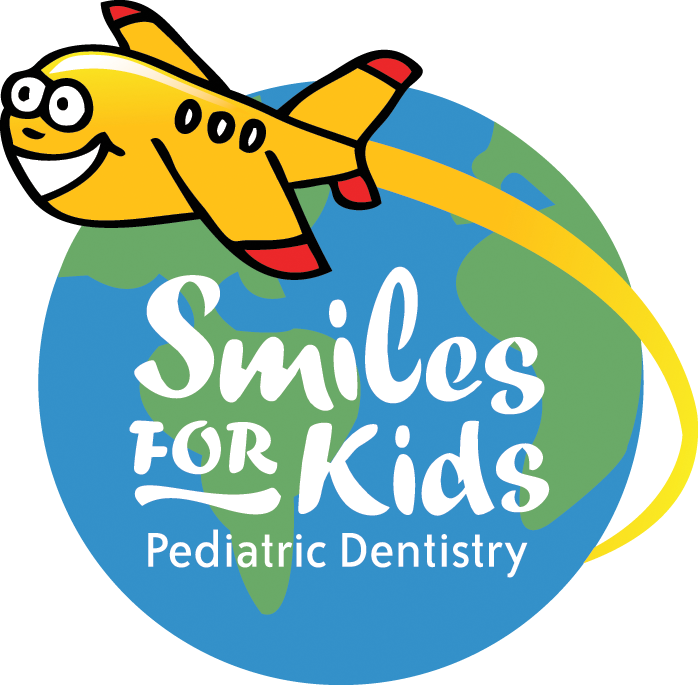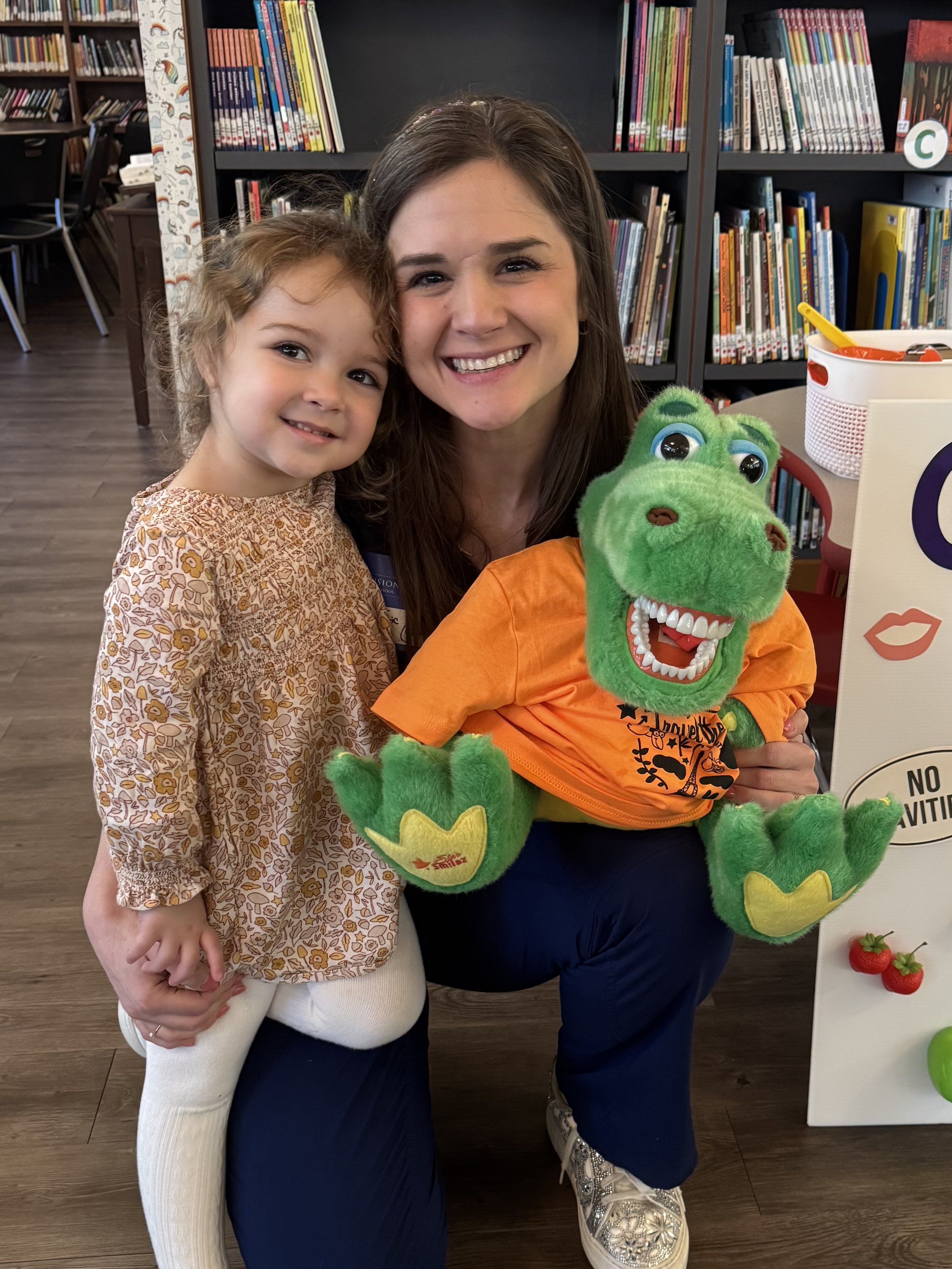What’s the best type of floss to use?
/It’s important to floss daily because food, plaque and debris get trapped in between the teeth where the toothbrush cannot effectively clean. This plaque collects cavity-causing bacteria. That’s where floss does the job!
Let’s talk about the three different types of floss:
Regular dental floss is the gold standard and most affordable option! Using the C-shaped technique with regular floss physically scrapes plaque and debris off the side of the teeth, inbetween and underneath the gums. The CONs to regular floss are that it can be difficult to use around metal appliances and dental work, and hard for parents to use if they’re trying to stick big hands into little mouths.
Floss picks (like those disposable ones) are a great option for kids that have limited dexterity or parents that are trying to fit big hands into little mouths. They are easy to use and can be tossed in the trash after each use.
Water flossers (like WaterPiks) are a good additional tool for patients that have appliances like braces, expanders, etc. A pressurized water stream helps to spray plaque and debris out from underneath brackets and wires. It can also reach in areas where traditional floss is difficult to get into. The CONs are that these flossers can be quite expensive, require electricity, and can get messy spraying water all around the bathroom!
The best approach is to find a method that you will consistently use, as regular oral hygiene is crucial for maintaining a healthy smile!





















